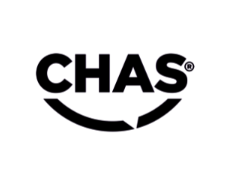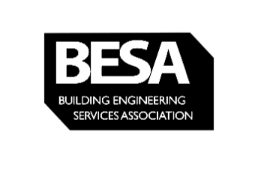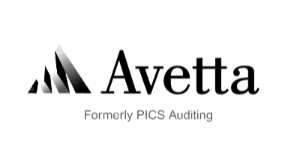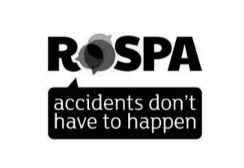World Toilet Day happens every year on 19th November, to raise awareness about the 3.6 billion people around the world who are still living without access to a safely managed toilet.
This global initiative was officially launched by the United Nations in 2012, to help break taboos around toilets and make sanitation for all a global development priority. This year the theme is valuing toilets.
In the UK, we are lucky to have access to safe and clean toilet facilities, most of the time.
In support of this year’s theme, it’s important that as a business and an individual, you value your toilets and do the right thing by the environment.
What is the phs approach?
At phs we have taken a behavioural science approach to exploring the barriers of flushing with our whitepaper; To flush or not to flush: Applying behavioural science to reduce tampon flushing.
Using the COM-B model of behaviour we developed a survey of 2,000 women (with 1,005 tampon users) to better understand not only tampon disposal behaviours, but whether people have the capability, opportunity, and motivation to bin instead of flush. We have also explored potential approaches on how to change flushing behaviours with survey participants.
Of the tampon users surveyed, 42% had flushed them in the last few years making them the most flushed ‘unflushable’ product. Interestingly, tampon flushing correlated with age: older tampon users were more likely to have flushed tampons than younger users.
Why do people flush sanitary products?
Flushing tampons is a complex behaviour with multiple socio-psychological factors influencing it. Here are some key barriers and drivers of correct tampon disposal identified in our survey:
- Tampon flushing can be related to a lack of knowledge – but not for everyone
- Environmental concerns motivate people to some extent
- Concerns about blocking drains motivate more than protecting the environment
- People who flush tampons believe their friends and family do the same
- Friends and family are the main way people learn about tampon disposal
- Tampon flushing can be highly habitual
- The environment and facilities people experience can influence their flushing behaviours
- Hygiene concerns can motivate people to flush.
The consequences of flushing
Flushing the wrong items down the toilet can be costly. It can damage waste-water treatment equipment and cause a sewage overflow through manholes and on streets, all of which is an avoidable expense. By flushing the wrong items down your toilet, you could even flood your own house! This means we should never flush things like wet wipes, cotton buds, or sanitary products down our toilets.
Value your toilets with phs
Whether your toilets are for employees or public use, there are small changes you can make to ensure they’re clean, safe, and welcoming.
- Appropriate disposal methods
Dealing with hygiene waste is phs’ day to day business, and our hygiene disposal units help alleviate flushing behaviours by offering a solution in the cubicle, where users can dispose of their hygiene waste responsibly, rather than flushing.
- Period equality in your washrooms
The phs Help Yourself Vend offers an easy way to provide free period products in your premises. Ensuring people have access to the period products they need when they need them. With disposal units in place, these free to access period products can be responsibly disposed of by phs. - Make your toilets more sustainable
Water control services can be used to lower water consumption in toilets. From taps to flushing, there are several ways to boost the sustainability credentials of your washroom. - Keep your washrooms clean and well stocked
Make sure that your washrooms are safe and hygienic by keeping them well stocked with everything from hand soap to fully serviced sanitary bins.


































